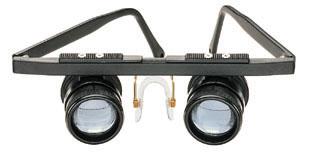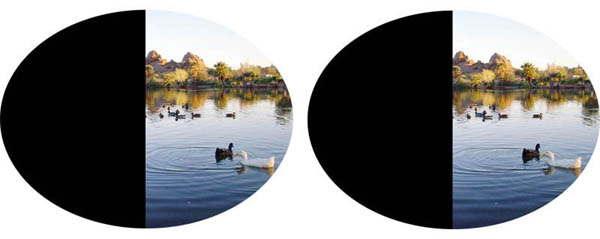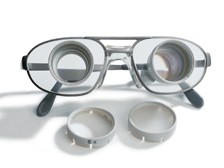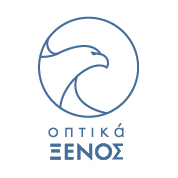The term Low Vision does not describe some specific malady but a specific condition. It does not mean blindness.
The Low level vision aids are the true specialization of our establishment. By Low Vision we mean the reduced optical capability of persons who, because of various pathological conditions or injuries have inadequate, restricted, blurred, distorted, etc. vision despite the best possible refractory correction with glasses or contact lenses. Low vision persons are considered those that have top visual acuity less than 4/10, about 70% depletion compared to normal vision and vision field less than 20 degrees. For comparison normal vision presupposes optical acuity of 10/10 and optical vision field about 160 degrees horizontal and 135 degrees vertical in both eyes.
There are various opthfalmological diseases, mostly degenerative, for which no therapy exists. In Greece the most common reason for low vision is diabetes. These diseases have the common characteristic that they rarely cause total blindnes quickly. It is therefore possible to use various specialized aids, which are the low vision aids, to improve the vision of the patient, improving substantially the quality of life.These aids take many forms, from rulers to electronic aids. Every disease has its own, exclusive aids, often completely irrelevant to any other. The range of low vision problems is substantials as is the range of underlying diseases. Although the depletion of the central vision is the most usual problem, low vision may be the result of depletion of peripheral vision, loss of colour perception or loss of the eye’s ability to self regulate to various light levels, bluriness or contrast. The different types of low vision require different ways of treatment. The most obvious example is that persons born with low vision have different needs from those that developed low vision later in life..


A patient with low vision usually needs more than one aid. The number of aids ia very large in number and are divided in various groups -optical, non-optical, electronic, for long distances, short distances etc. There even acoustic aids that read a text loudly. The choice depends on:
α) the disease
β) its stage
γ) the optical aquity
δ) the optical field width
ε) the perception of light contrast.
ζ) the colour perception
The optometrician takes all of the above into account and chooses the appropriate aids as well as the correct procedure for their use . The last part is very important as low vision aids are tools and require correct use.
From the large number of aids the usual ones are for reading/television, which we will present in some detail. We have the following:


Magnifying glasses are glasses more powerful than the normal ones. In order to help the material to be seen must be very close, other wise the picture will be blurry. This (the need to hold something very close to see it) may look odd at the beginning but repeated use can overcome the problem.
Hand held magnifying lenses are widely known to most people. Allow to hold teh test in one hand and the lens in the other, allowing vision at a reasonable distance.
Static magnifying lenses are those that are placed on the text and are used as short distance glasses. Some of these devices even include an integrated strong light.
Telescopes. The telescopes are used to magnify at a distance. They may hand held for for long distance vision or they may be placed on glasses.
Closed circuit television can magnify a text through a tv screen. They have the advantage of controlled magnification and contrast. A close circuit is often easier to use and does not tire as much as other devices.
Low vision aids are tools and it is very important to learn to use them correctly. In our establishment we have the necessary expertise, in depth study, the equipment and know how to best help you. Please feel free to contact us.
